Custom color printed...
Introduction to the printing process of tinned iron products
Tin box printing uses the physical properties of water and ink to repel each other. With the help of printing pressure, the printing plate graphics and text are transferred to the tin box through a blanket, which belongs to the principle of offset printing. This blog will explain the key points of traditional iron printing process and control.
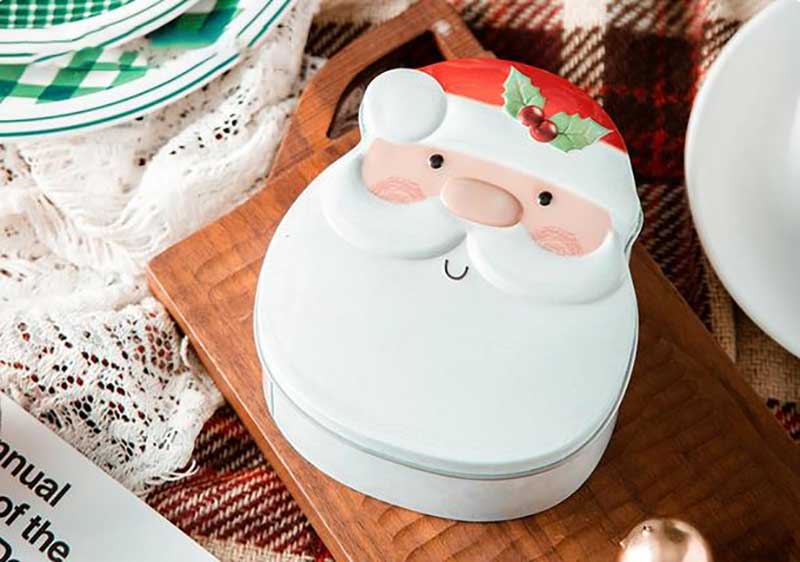
1. Coating: Coating before printing. Under normal circumstances, the front side of the tinplate needs to be coated and printed, and the inner side needs to be coated with paint to ensure that the printed iron products have good canning, canning and appearance decoration requirements. Coatings are classified into oily, epoxy, polyester, vinyl, phenolic, etc. according to resins, and are classified into internal coatings, external coatings, finishing coatings, color coatings, special coatings, etc. according to their uses.
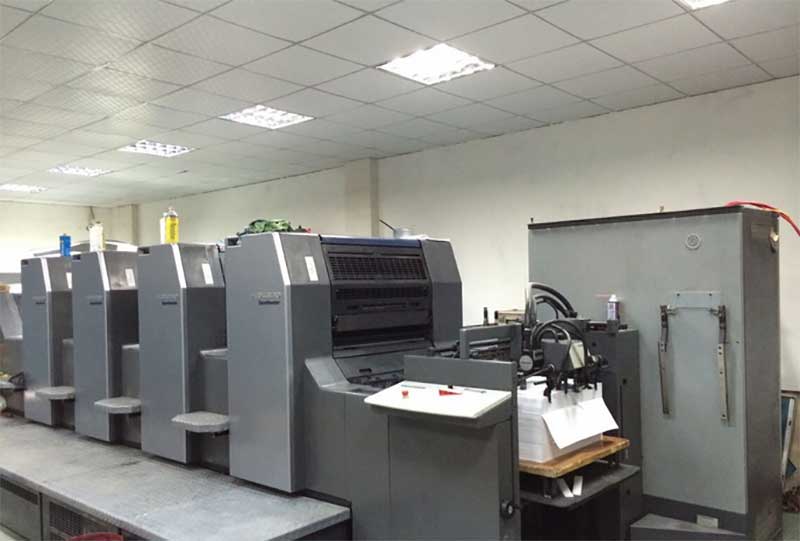
2. Plate making: The plate making of iron printing is basically the same as ordinary offset plate making. However, since iron printing products must be made into cans in the end, the iron printing plate making must meet the requirements of can making, and the basic characteristics of metal packaging containers must be understood clearly when making plates. For example, the oil tin cans must be left blank during plate making. The requirements for resistance welding should be considered. There should be a certain distance between the patterns, so that the product can be easily cut, high-frequency welding and canning needs after iron printing processing, such as batteries shell. It is necessary to arrange as many numbers as possible within the specified tinplate size range, and to facilitate the cutting and punching of the battery casing. In addition, for candy boxes, it is necessary to understand the size of the blanking knife edge of the lid, and leave a certain amount of residual material accordingly, otherwise it will bring trouble to the punching of the lid.
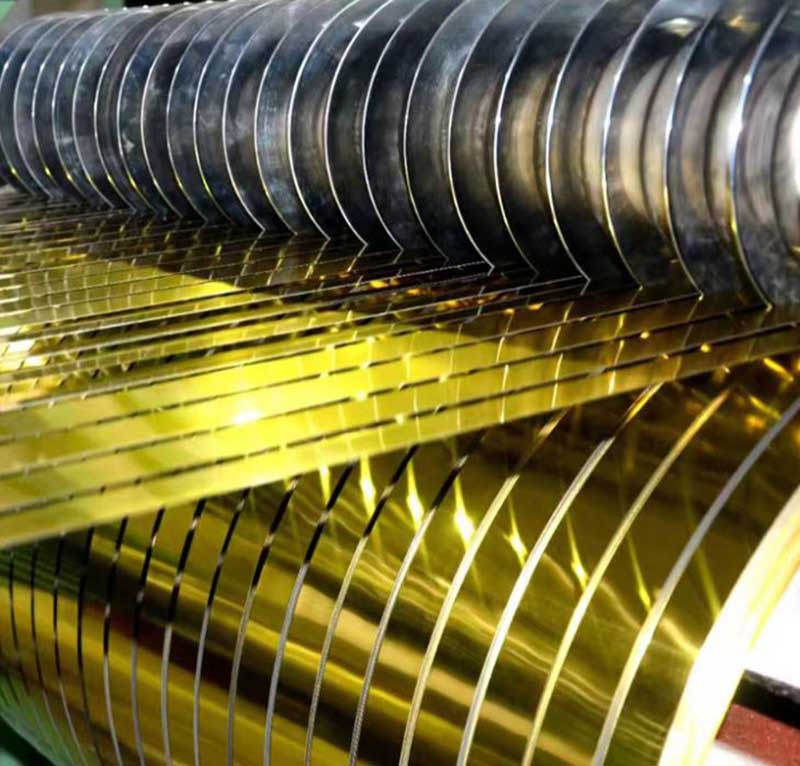
3. Printing: The tinplate can be printed on the machine only after the inner surface is coated and the outer surface is coated (except for special processes). Iron printing machines are divided into three types: single color machine, double color machine and multi-color machine. The structural principle of the iron printing machine is similar to that of an offset printing machine. When printing, water and ink balance adjustment, printing pressure adjustment and overprinting accuracy adjustment are required. Since the surface of tinplate is different from paper, it does not have the absorbency of paper pores, so large-area wet-press wet multi-color overprinting cannot be arranged when considering the color sequence. , We can only implement wet press wet process for less than 50% of the outlets. When arranging the color sequence, it is generally necessary to comprehensively consider the main color of the layout, the accuracy of overprinting, and the pros and cons of the operation, and make a specific analysis based on the characteristics of the product and the performance of the machine.
4. Coating: After finishing all the color registration, a layer of bright oil should be applied to the printed iron surface to increase the gloss of the printed product surface, and at the same time, it can also increase the hardness of the product surface, so that the printed ink layer has a certain degree of flexibility and resistance. Corrosive.
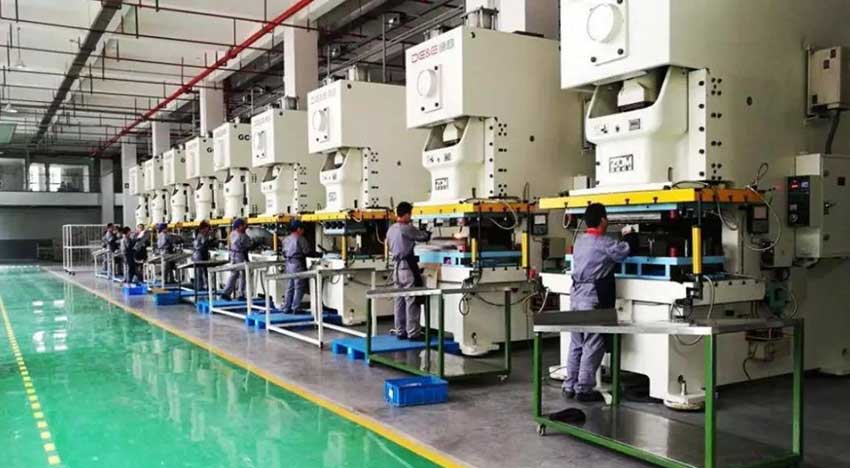
5. Drying: Both paint and ink need to be dried in a tunnel oven. The drying condition of the iron printing ink is usually between 130°C and 160°C, and the time is controlled at about 10-12 minutes. The drying condition of the coating is between 170°C and 210°C. The tunnel oven is about 30 meters long. It consists of 3 stages, namely the heating zone, the constant temperature zone and the cooling zone. The temperature rise is the first stage after the tinplate enters the oven. The main function is to raise the tinplate from room temperature to the set temperature. The main function of the constant temperature zone is to maintain the temperature reached by the heating zone. The function of the cooling zone is to fully cool the dried tinplate prints. Once the cooling is not enough, the paint film is easily scratched when the tinplate is stacked, and the stacking fork is prone to sticking.

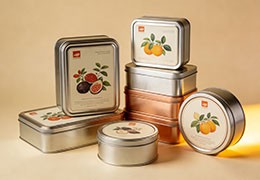

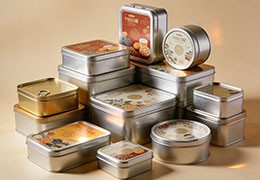
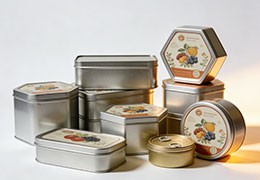
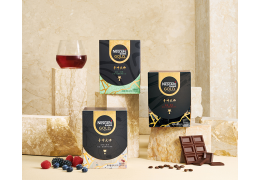
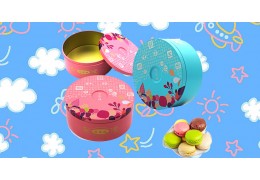
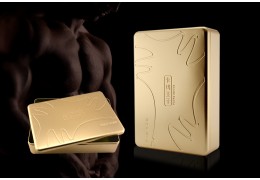
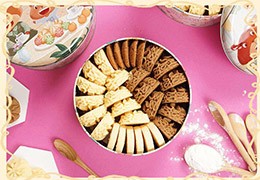
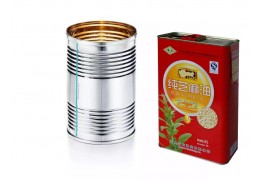

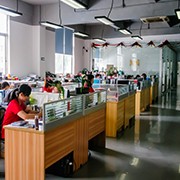

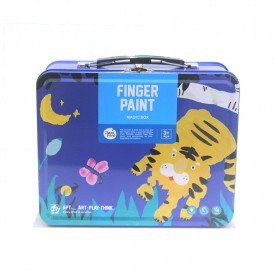
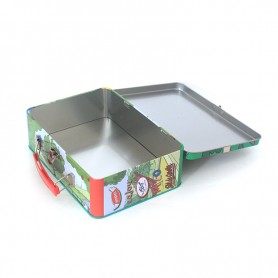
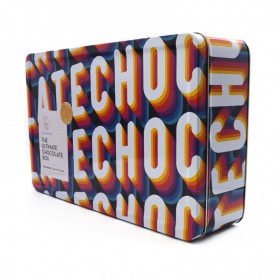
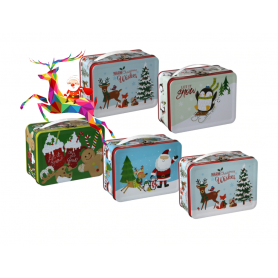


Latest comments